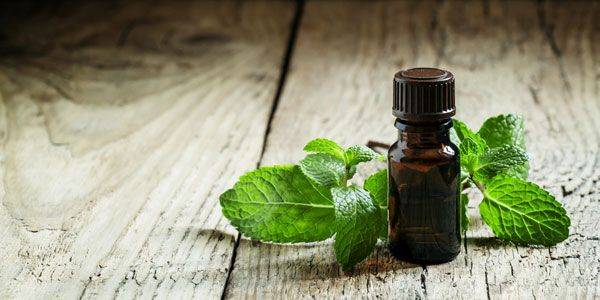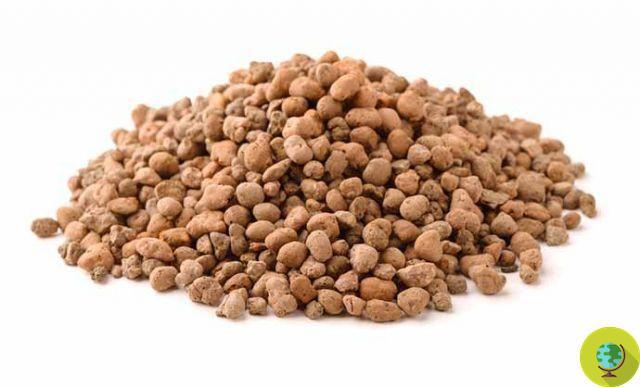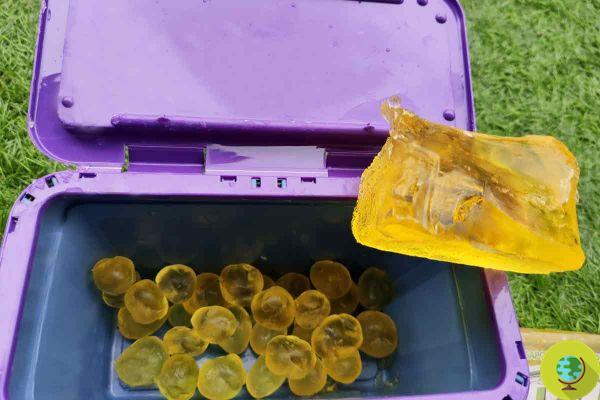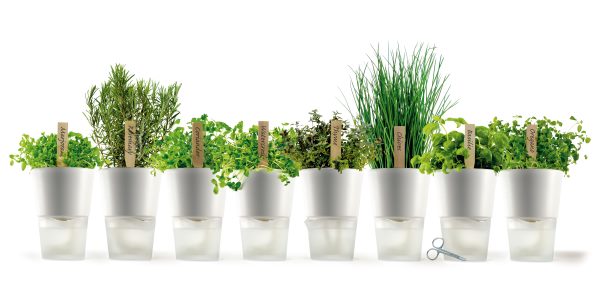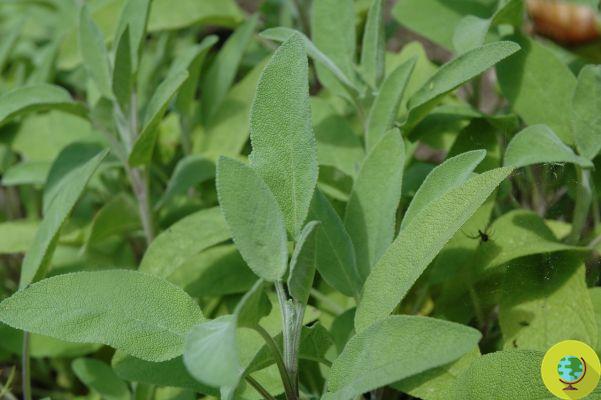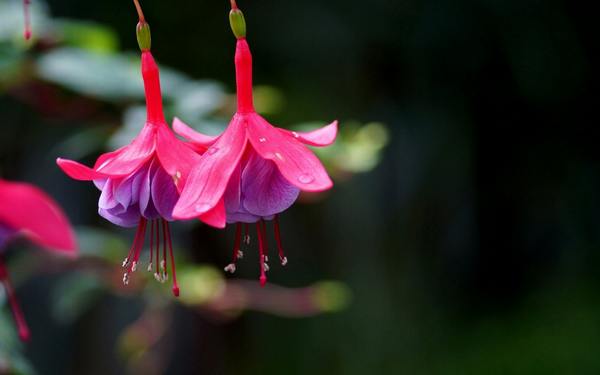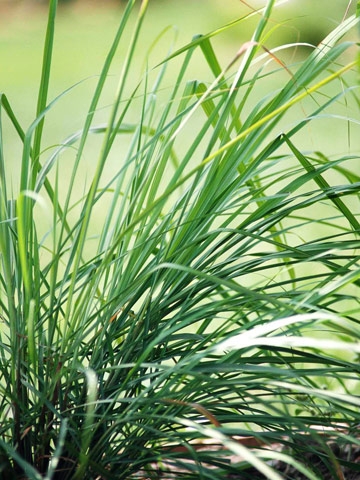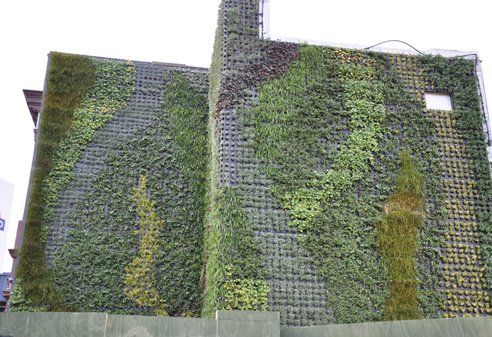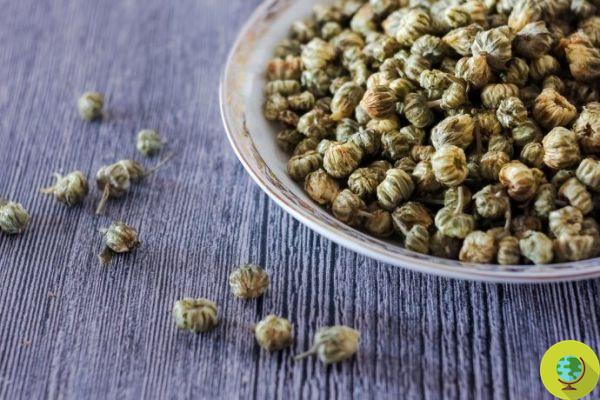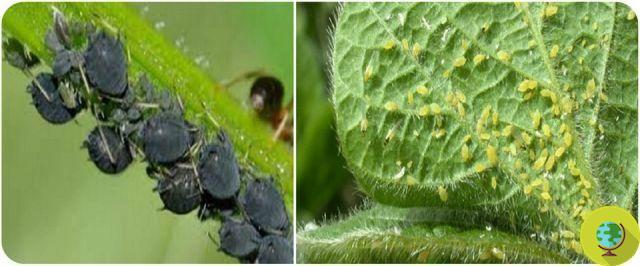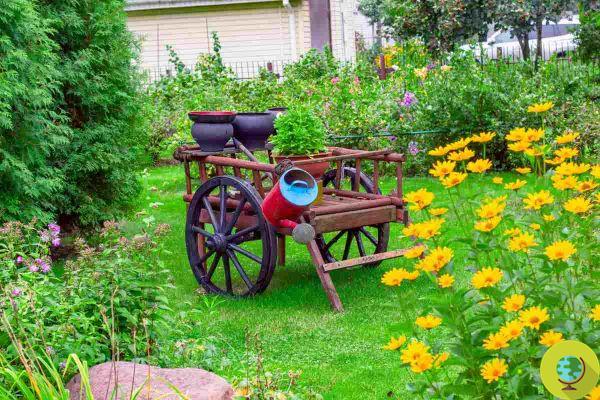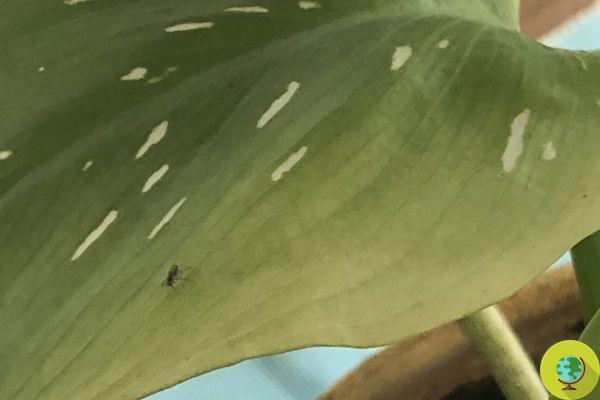
How to fight these little pests and how to prevent a new infestation of fungus flies with natural methods
He is about to end up run over, his mother saves himThe "mushroom flies" look like fruit flies at first sight. Mushroom midges larvae prefer to feed on plant roots. How to fight these little pests and how to prevent a new infestation of fungus flies with natural methods
They multiply in the soil of houseplants. They are harmless to humans, but their larvae in particular can be harmful to the plants we have in the house: they are the mushroom flies, Sciaridae, small parasites generally attracted to humidity, high temperatures and decaying organic matter. But how to eliminate them or prevent their presence?
Scarid midges are annoying, but they do not sting or transmit disease. The bad news is that sadly they don't go away on their own. The beauty of it is that the scarid midges are only considered pests if they attack houseplants. In nature they are extremely useful: their larvae are indeed among the most important decomposing organisms leaves in forests and represent an important link in the food chain.
Scarid midges have a lifespan of a few days. Shortly before the end of their lives, females lay up to 200 eggs, from which the larvae hatch after just one week. These larvae then feed on the earth and, unfortunately, also on the roots of many plants.
The reason for a fungus gnat infestation in houseplants is usually too extensive watering. It is not uncommon for pesky insects to be introduced with bottom soil, in which pest eggs or larvae are already found.
Read also: How to keep insects and midges away from fruit
Index
What are mushroom flies
Mushroom flies (family Mycetophilidae and Sciaroidea) are common pests that affect houseplants, especially where high levels of humidity and condensation are encountered.
Distinguishing between mushroom flies and fruit flies is not straightforward: both species have two extremely small black wings.
The mushroom gnat:
- sizes from 1 to 7 millimeters
- it is black and slender, its legs are long
- the larvae are gray-white and between 6 and 7 millimeters in size
- scarid midges can be found around potted plants
The fruit fly:
- sizes from 1 to 6 millimeters, usually 2 to 3 millimeters
- they are browner and not as thin as mushroom flies
- they love overripe and damaged fruit
The larvae, whatever the species of Sciaroid they belong to, have common characteristics: they have no legs and their body is whitish, slender and elongated.
Generally, the larvae of Sciaridae prefer:
- the rotting wood
- animal litter and excrement
- the nests of birds
- tree barks and natural cavities
And not only that: the larvae love those crops that are found in:
- pots of ornamental plants
- fresh and moist substrates
- greenhouse and fungaie
Read also: 10 rules to make plants live at home
Fighting mushroom flies with 6 methods
Since mushroom flies don't go away on their own, here are some ways to get rid of the flies
Plants affected in quarantine
Notice which plants the gnats hit. There are signs of a scarid gnat infestation such as:
- buzz around the plant
- when watering, the midges come out and soar
- many larvae are found in the root area
Better then to isolate and treat the affected plants
Quartz sand
Cover the soil of the infested plants with a layer of one or two centimeters of quartz sand. This means that the little flies will no longer be able to lay their eggs in the damp earth.
The nematodes
Nematodes are a sustainable way to control fungal flies: they feed on the larvae and the plants begin to live again. Simply add to the watering can for two to three weeks. Important to know: nematodes are completely harmless to humans, plants and other animals.
Replace the earth
If there is a strong infestation of mushroom flies, melgio completely replace the soil of potted plants. Carefully remove the soil from the roots and repot the plants in fresh soil. Remember to clean the flower pots thoroughly as well.
Little water
We have said that mushroom flies find ideal conditions in humid soils, so do not give too much water, especially during the winter months when the plants require less. When repotting, avoid using organic material that contains water, such as algae, which could promote egg laying.
Natural pesticides
Against mushroom flies, a very valuable aid is Neem oil, capable of keeping the mushroom flies away, preventing them from depositing their eggs. If the eggs have already been laid, its application will make them sterile.
You can dilute Neem oil in watering can or spray it on leaves and stems, at least a couple of times a week.
Read also:
- Garlic alcohol, how to prepare the infallible natural insecticide against plant aphids and scale insects
- Against aphids and garden pests try these simple garlic tricks (and recipes)
- Cochineal: how to recognize it and natural remedies
- Wheat weevils: tricks and remedies to eradicate these insects from pasta, rice and cereals in the pantry
- With this plant in your home or garden you can say goodbye to spiders, midges and other insects




